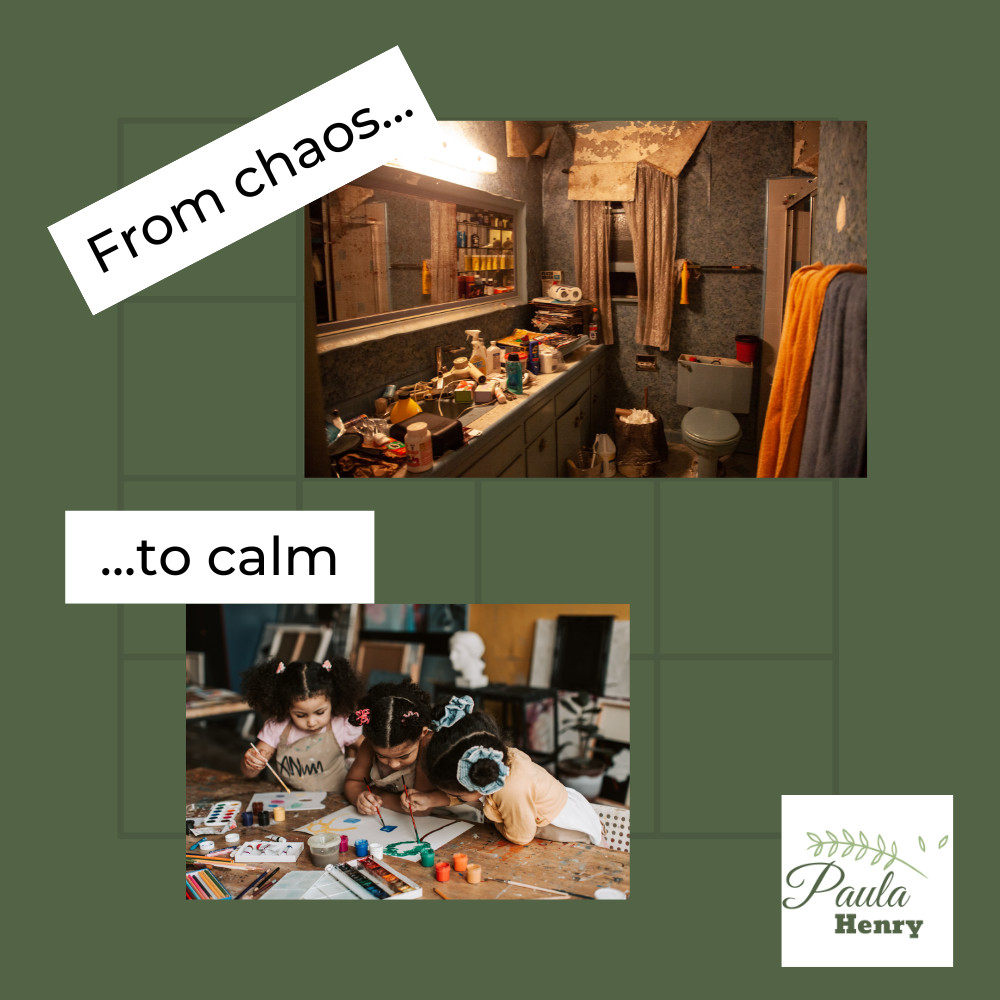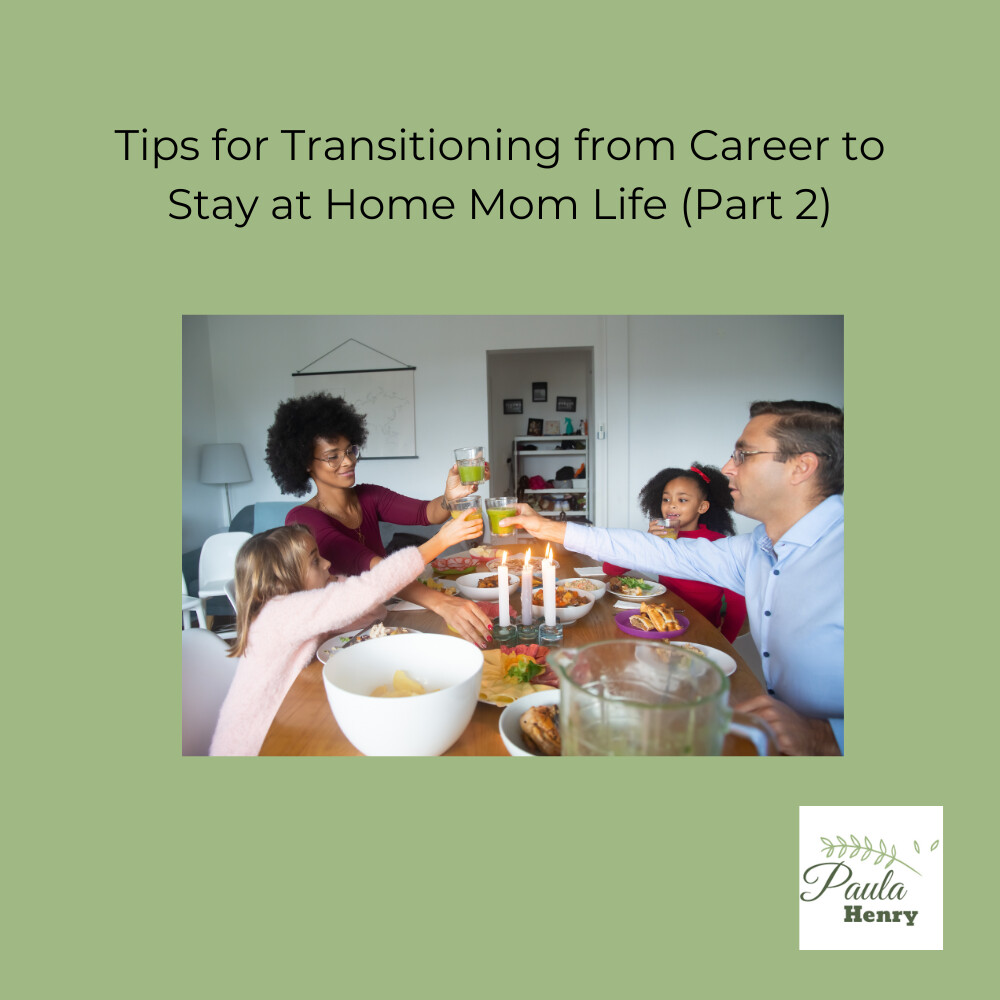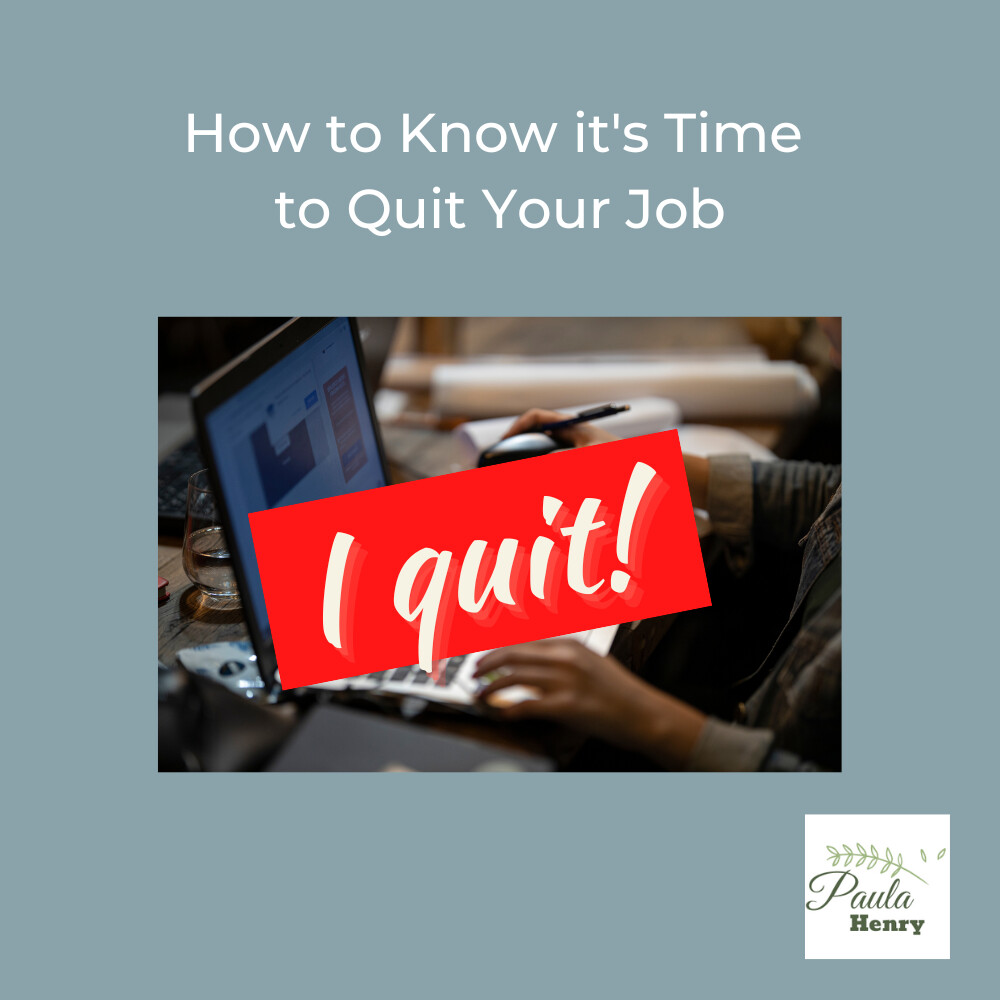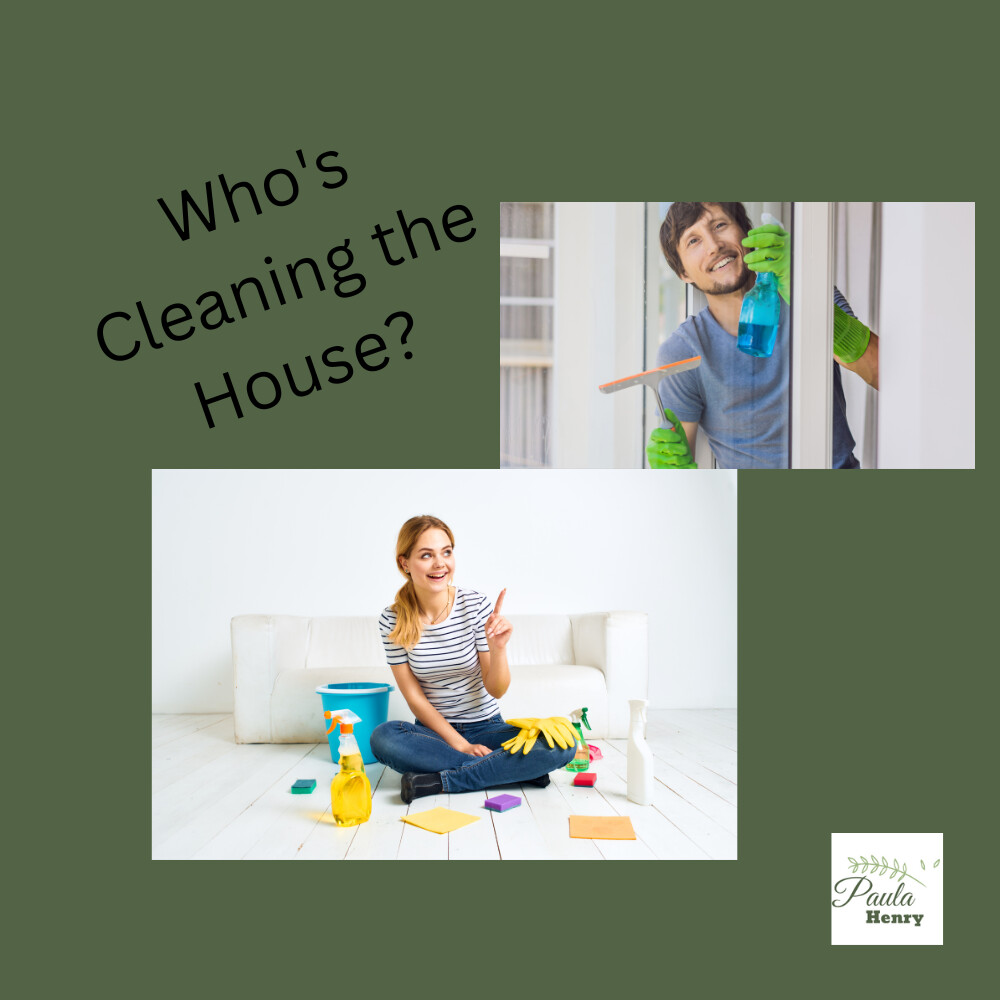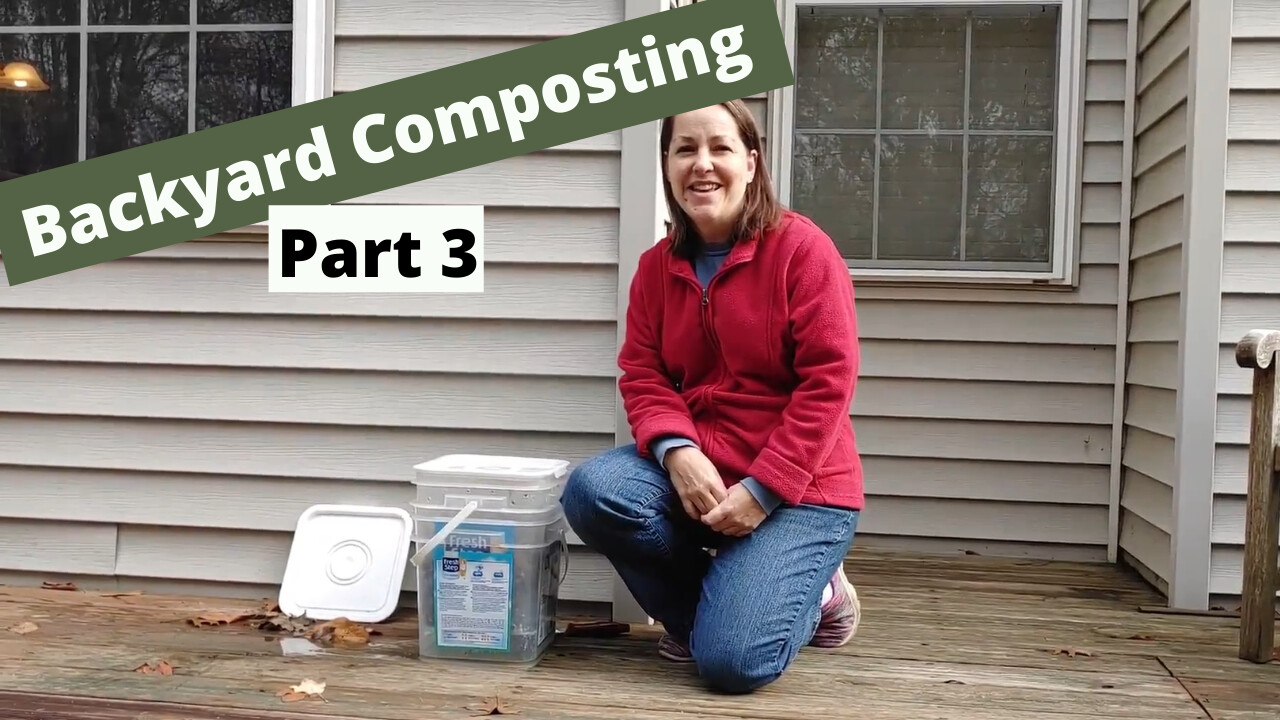
In my previous two posts, I showed how I prepared my two-bucket system from empty cat litter bins I obtained from one of my friends, how I created the initial layers of material, and how I watched it for the first couple of weeks.
After 8 weeks’ time, I observed that the food scraps were nearly completely decomposed and the material appears about ready to be used. Click here to watch the video.
Here are some things I learned along the way:
1. Composting does not have to be difficult.
All of my studying and worrying was worthwhile but ultimately wasted energy. Really, just throw down some food scraps, leaves and paper, and let the earth do its thing. It needs air and it needs moisture, but beyond that, let it be.
2. Your compost bin is very forgiving.
A couple of times when I checked on it, it was too dry, so I added what I thought was an appropriate amount of water. I ended up adding too much…oops. To compensate, I added more brown material and everything got back into balance in about a week. Based on my experience, I think it would be rather difficult to totally screw up your compost bin. Worst case scenario? Dump it out and start over.
3. I can really overthink things.
I think this point leads back to the first 2 points. This really is quite easy. I’m an analyst and a skeptic. I like to read up as much as possible on anything I am trying to do for the first time. This is both good and bad. It means that I don’t typically jump into something without having a clue, but it also means I avoid trying some things if I haven’t spent enough time researching them. Fear of failure anyone? This is a prime example of overthinking things. In the end, I have been successful, and I am confident in moving forward with other composting projects.
My next adventure is going to be building a compost pile in my back yard with the intent to use it to fill and refresh my garden space(s). I’m putting in a couple of raised beds over the winter in preparation for spring planting.
If you'd like to read the previous posts, here are the links.
Adventures in Bucket Compsting - Part 1
Adventures in Bucket Composting - Part 2
Interested in learning more about earth-friendly options? Join my free group here.
Get my free guide: 4 Ways Being Earth-Friendly Can Change Your Life for the Better HERE.

In my previous post, I showed how I prepared my two-bucket system from empty cat litter bins I obtained from one of my friends. Once the initial layers of material were in place, there was not much that I needed to do except keep an eye on it.
Across the next 4 weeks, I checked on my compost routinely – at least twice per week to give it air and mix it up a bit. I used a regular garden trowel to access the material at the bottom of the bucket to bring it to the surface. I tried to make sure to keep the food scraps in the middle of the pile as much as possible, as I had read that’s where they should be.
I also fretted about whether it was too dry or too wet and whether the ratio between browns and greens was right. I added water when it got too dry and added dry materials when it seemed to wet. Not much changed on a day to day basis, but across the weeks, I could see that the food scraps, eggshells and other greens were breaking down slowly.
There were some sprouts that popped up along the way, and I just plucked them out as I saw them. Not being sure what they were coming from, I didn’t consider eating them. I’m happy to indulge in sprouts that are from beans, but the unknown? I’m not that adventurous.
I checked for heat to be generated from my little bucket. Composting in this way should be generating heat, so adding more food scraps and greens when the temperature of the pile seemed to drop helped with this.
Lastly, I added some dried leaves on top of the bin as someone suggested this would help the compost break down better as well as keep down the bugs. I certainly saw a good number of tiny flies in the bin. I will show you what happened in the next post. Stay tuned.
Here's a link to the second video that I did in this series:
Interested in learning more about earth-friendly options? Join my free group here.
Get my free guide: 4 Ways Being Earth-Friendly Can Change Your Life for the Better HERE.

I have collected food scraps and contributed to my county’s curbside food scrap collection program for a number of years, and I’ve also gardened on and off. When I was setting up my garden this year, I wanted to add in some compost to supplement the soil and looked to purchase some from our county’s composting program. Of course, it’s the year of covid, so the facility which normally sells bulk mulch and compost to the public was closed to customers.
Thinking that things would resolve soon, I waited and waited. Finally, it was nearing the end of the growing season, and I was starting to plan for next year with no compost. So, at the end of the summer, I decided to experiment with making my own compost bin.
I watched a ton of videos to get a feel for what I needed to do and once I felt confident in trying it out, I set out to try my hand at creating some of that amazing nutrient rich garden material myself. I decided to try the bucket system as it seemed like the easiest and cheapest method for a newbie.
A lot of the videos I watched suggested going out and buying 2 plastic bins that would fit inside each other, but I didn’t like the thought of purchasing more plastic and wanted to find a different option. I recalled that cat litter often comes in plastic bins, so I put a call out to some friends to see if they had any empty buckets. I have one friend in particular who has multiple cats, and she was able to give me two empty bins with lids, so I was off to a good start.
One thing to know about me is that I am frugal. I don’t like spending money on things I’m not sure will work because if they don’t work, I view it as wasted money. Once I know something will work, I’m happy to spend the money, but initially? I want to invest as little as possible.
Free empty bins…check. Next up, prepping the bins based on what I saw in online videos. The key to bucket composting, I learned from the videos, is to have holes in the bucket for drainage and air. I’m pretty handy with a drill, so I made quick work of this part.
Once the bucket was prepped, I had to figure out the right ratio of “browns” to “greens” to put in my bin. There are lots of opinions out there about the ratio between browns and greens, and I admit I spent quite a bit of time studying this. You see, the greens are the fresh plant material and food scraps that you want to decompose. The greens are high in nitrogen. The browns are materials that are high in carbon like dried leaves, pine needles, twigs and dried paper. Once I was convinced of the correct ratio, I set out to build my bins and deposit my first materials. In parts 2 and 3, you’ll learn that this ratio is not all that critical.
Here’s the first video in my 3 part series that shows you my preparation steps, including drilling holes and what I put in the bin initially.
Interested in learning more about earth-friendly options? Join my free group here.
Get my free guide: 4 Ways Being Earth-Friendly Can Change Your Life for the Better HERE.
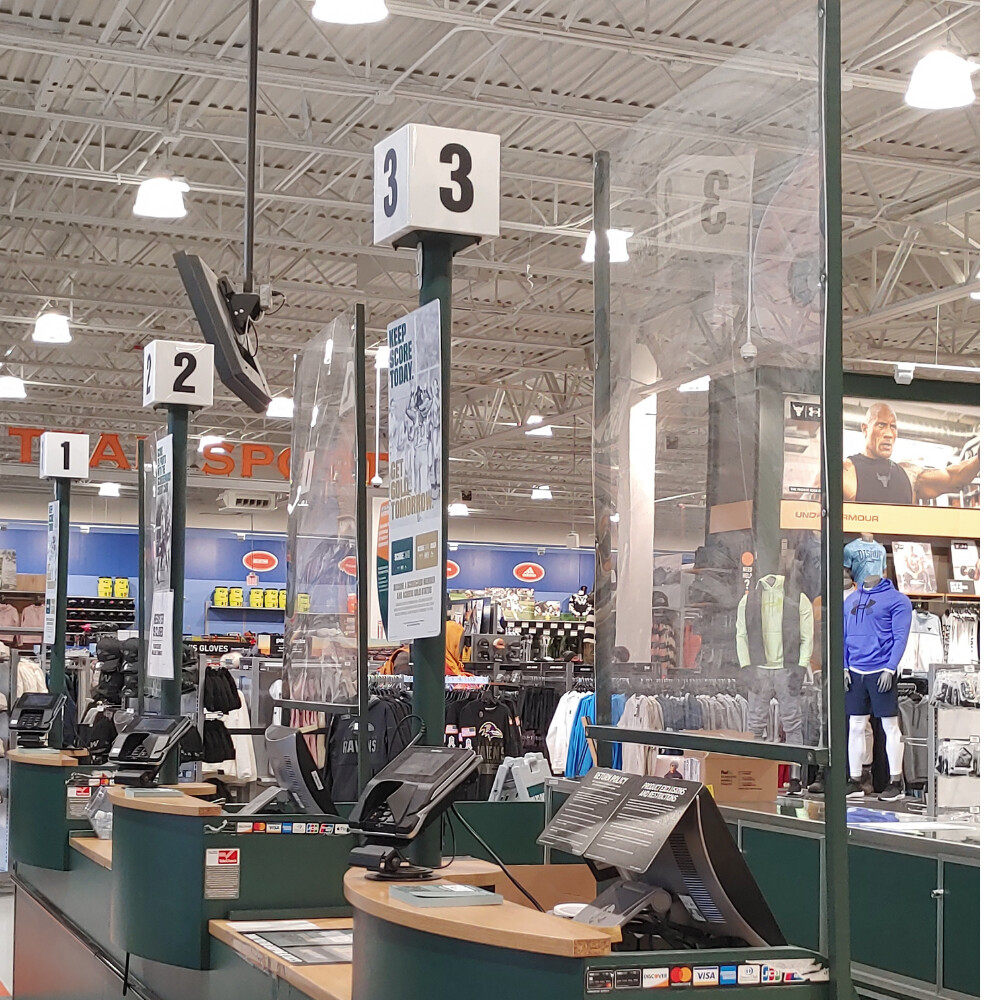
There’s no doubt that the production of plexiglass and other barrier materials has ramped up since the onset of the pandemic. I get it. We need to do all we can to protect people during a pandemic. That said, I do wonder, what are we going to do with all of this plexiglass when the pandemic is over?
Plexiglass and other manmade protective materials are everywhere these days. We understandably rushed to make face shields to protect our first responders and health care professionals and then, as soon as businesses were able to open up again, the CDC recommended the use of barriers to slow the spread of the virus.
According to Forbes magazine, the market for acrylic sheeting is in the $4 billion range. That’s right, billion with a “B”. They’re in every store and restaurant to protect both the cashier and the customer from spreading the virus through droplets from spit, sneezing and coughing. Whether or not this is effective is up for debate and quite irrelevant to the topic at hand.
So, here we are.
Let’s look at plexiglass as a material and learn a few things about it.
What is plexiglass made from?
Plexiglass (also known as acrylic) is a petrochemical thermoplastic created in the early 1930s as an alternative to glass. It is both cheaper to make and lighter in weight than glass which is why it is being used so widely. Plexiglas (spelled with one “s”) is a registered trademark in Germany, but just like usage of the terms Kleenex, Crock-Pot and Ziploc, people often refer to products by a trade name regardless of who makes them.
The term petrochemical tells us that the product is made with oil. Since we know that use of fossil fuels is not sustainable long term, we cannot consider this an environmentally friendly product. The manufacturing process involves highly toxic chemicals that need to be handled and disposed of properly.
Plexiglass has been used for decades in any number of fields from health care and retail to automobile manufacturing. It’s used in eyeglasses and solar panels, greenhouses and car dashboards. It is a great option for times when weight or cost is an issue, and it is superior to glass from a safety standpoint since it is shatter-resistant. The onset of the pandemic has simply amplified its usage across all sectors of life. The abundance of plexiglass everywhere you turn is what gives me pause. What are we going to do with it when this is all over?
Can plexiglass be recycled?
In theory, plexiglass and other acrylic materials can be recycled, however, most curbside programs do not accept it, so we’re in a bit of a pickle. Although it may be possible to recycle it, the number of places that will recycle it are few and far between. So this is its biggest downside. It doesn’t biodegrade and we’re not likely to be able to recycle it. The better alternative overall is to put it to a new use once it is no longer needed as a barrier.
Quite honestly, I think this is a great opportunity for someone to develop a creative post-consumer use for all of this plexiglass as I’m afraid it will all end up in the landfill. Does anyone have any ideas? There will be a plethora of plexiglass, all we need is a brilliant and creative idea or two.
Sources:
Interested in learning more about earth-friendly options? Join my free group here.
Get my free guide: 4 Ways Being Earth-Friendly Can Change Your Life for the Better HERE.
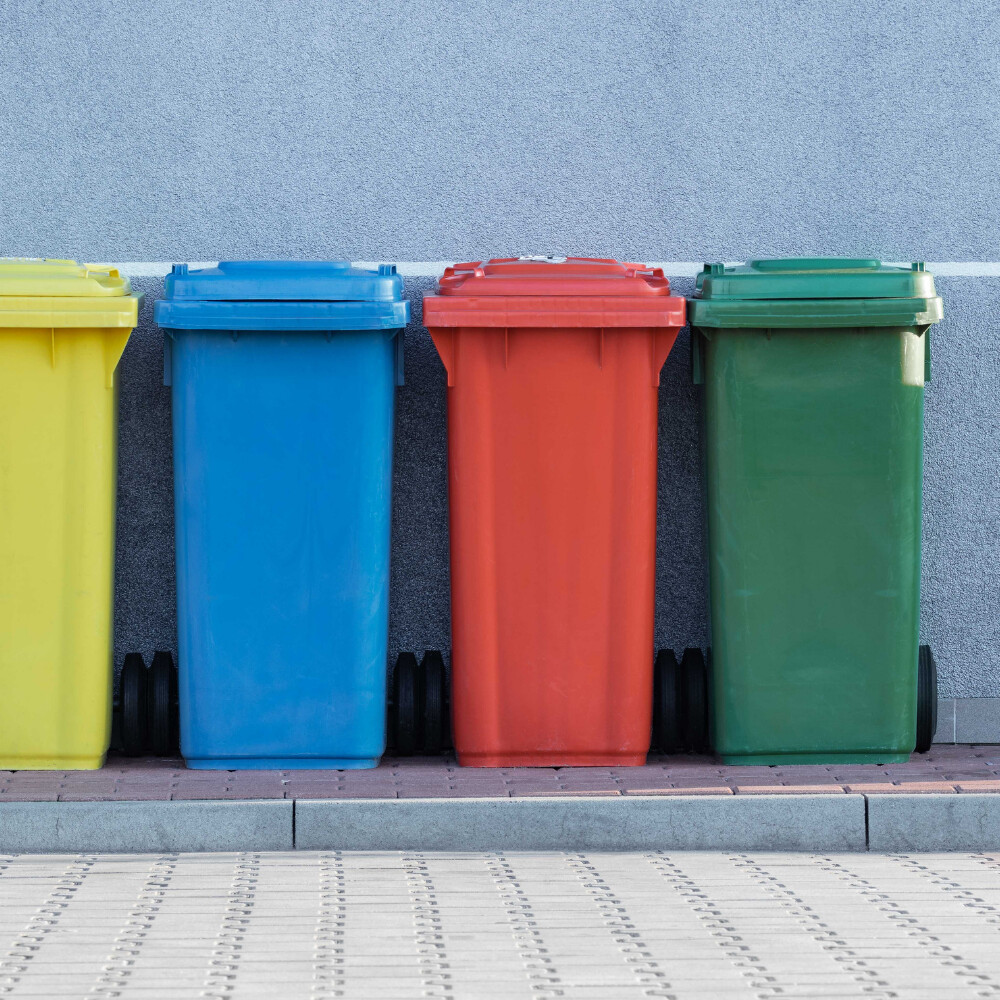
In our area, we are fortunate to have a curbside composting program. Here’s what that looks like: the county provides us with a free green bin into which we place our yard trim and food scraps. We set it out by our curb weekly and the county comes by once a week, year-round to empty it. The food scraps and yard trim are taken to an industrial composting facility. Once the composting process has been completed, the county sells the compost back to residents.
Let’s walk through some of the benefits to a curbside compost program:
1. Your garbage won’t smell as often.
The main component of garbage that smells is food scraps. If you are putting food scraps in your trash, your trash will smell. If you’re putting them in the curbside compost bin, your trash won’t smell. It really is as easy as that.
2. You won’t have as much trash.
Often, people change out their trash bag when the trash starts to smell, regardless of whether the bag is full. Given that it won’t be smelling as much, you won’t be changing out the bag as much. This will save you money on trash bags – another win.
3. Your food scraps will be made into dirt rather than filling up the landfill.
Using your food scraps to make soil is a far better endeavor than filling up the landfill. According to the USDA, nearly 30% of all trash is food scraps and yard waste. Uncontrolled, food scraps in landfills contribute to high amounts of methane gas which is detrimental to the environment.
Here are some tips for making curbside composting work for you and your family.
All food scraps and yard trim must be collected in compostable bags, so no plastic bags for this. You can use paper bags or specially made compostable bags. You can get paper bags from the grocery store, fast food restaurants, and other sources. The compostable bags are made from plant material (usually potatoes or cornstarch) and are available online from numerous sources. You can get my favorites here.
For large amounts of food scraps like from fresh corn, fresh pineapple or melons, you can use a large paper bag or you can spread out sheets of newspaper. Once you’re done, you can close up the bag or wrap the newspaper up like a package and place it in your curbside compost bin.
For smaller amounts of food scraps, consider getting a small container to sit on your counter or under your kitchen sink. The container doesn’t have to cost you anything. I have several plastic pails that were obtained from ice cream or popcorn. As long as the bucket has a lid, it will work. Here’s where I use those compostable bags. I put one in the bottom of the bucket and then add a layer of shredded paper from our home shredder. The shredded paper helps absorb some of the moisture in the food scraps so the bags won’t leak as easily. Once your bag is full, tie a knot in the top and deposit in your curbside compost bin.
For yard trim, you can use a paper grocery bag for small amounts (weeding and deadheading) or you can purchase larger bags for use in the fall for leaf collection.
Around here, the mantra is “feed the bin”, and I encourage you to do so. Keeping food scraps out of the landfill saves space and reduces emissions. Plus, it allows the food scraps to go back to the dirt from which they came, and that’s completing the full life cycle of plants.
Interested in learning more about earth-friendly options? Join my free group here.
Get my free guide: 4 Ways Being Earth-Friendly Can Change Your Life for the Better HERE.
*As an Affiliate for Net Zero, I earn from qualifying purchases.
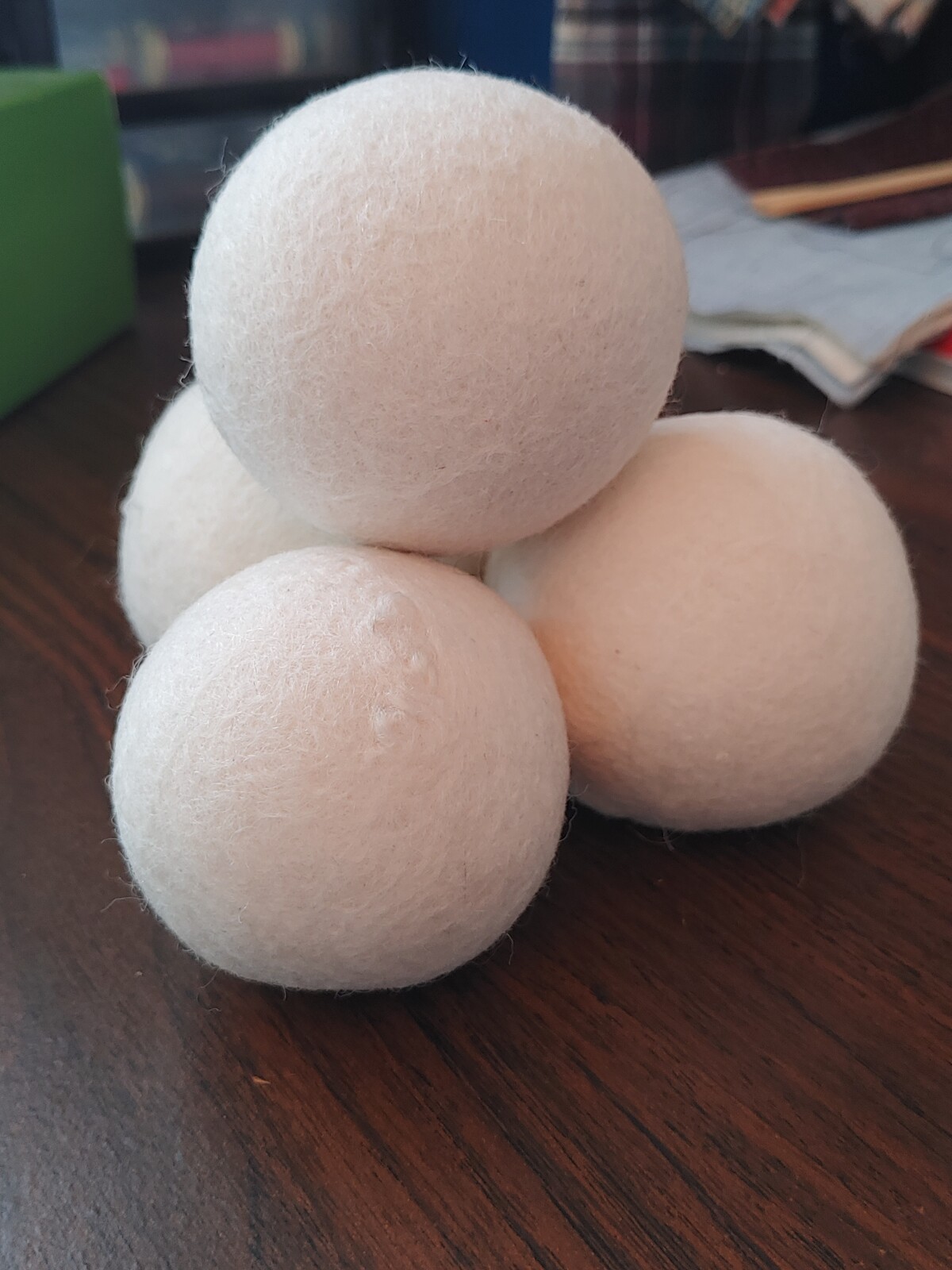
Dryer sheets might not be the healthiest or most earth-friendly product for any of us to be using. I grew up using them, so I get it. It was something I was taught to do. It was part of the household laundry routine. I knew they would help with static and make my clothes smell good, so I continued using them even once I left home. But along my journey for living a more natural and earth-friendly life, I found them both wasteful and potentially harmful for me and my family. So, let’s take a look at what these are made of and find a solution to replace them.
First of all, from an environmental perspective, these are single-use, disposable products made from synthetic materials (i.e., plastic). I have heard there are some that are made from a recyclable material, but let’s hold that thought.
Second of all, from a non-toxic perspective, these just don’t make the grade. They work by transferring their coating onto your clothes to make the clothes feel soft. You probably know the difference in the feel between a new dryer sheet and a used one. That stickiness on the new one is the coating that’s going to be transferred to your clothes. Added to it is a synthetic blend of chemicals to create a certain scent (fragrance). Fragrance is a catch all term used by manufacturers to label any chemical added to their product that smells. A company is not required to disclose the chemicals used in their product because their fragrance recipe is considered a trade secret.
Try looking on your box of dryer sheets to see what the ingredients are. I did. They’re not listed. Why? Because companies don’t have to list them.
So, here’s what we know for sure: the product is made of a synthetic material with added fragrance. Those two points alone are enough for me to give them a pass.
What can you do instead? Purchase yourself a set of wool dryer balls. They’re available all over the place. A set of 4 will serve you well for at least a year (or a lot more) and only cost you less than $10. I use 2 per load, so that gives you a couple to spare in case one gets stuck in the previous load.
There are a few tricks to switching over to them. First off, drop the heat setting on your dryer down a notch. Second, drop down the time on the drying cycle. These two steps in combination will reduce the amount of time your clothes rub together AFTER they are dry which is how some of the static builds up. If you’re looking to add in something to make your clothes softer, adding a bit of white vinegar to the fabric softener compartment of your washer can do the trick.
Missing the scent that you got from the dryer sheets? I got you, friend. You have several options:
- You can add a couple of drops of essential oils onto the dryer balls that will carry you through.
- You can take a damp washcloth, add essential oils, and toss it in the dryer with the clothes.
- You can add essential oils into your detergent in the washer. Yep, it works.
At this point, you’re going to be saving money on purchasing those single-use dryer sheets and perhaps improving your health overall by reducing your exposure to fragrance, which in my mind is a good thing.
Interested in learning more about earth-friendly options? Join my free group here.
Get my free guide: 4 Ways Being Earth-Friendly Can Change Your Life for the Better HERE.
*As an Amazon Associate I earn from qualifying purchases.

Why do we need to have a bag for a single or a small number of items? One of the easiest things you can do to reduce single-use plastic waste is to refuse a bag. Simply say, “no bag, please” or “I don’t need a bag.”
Read more...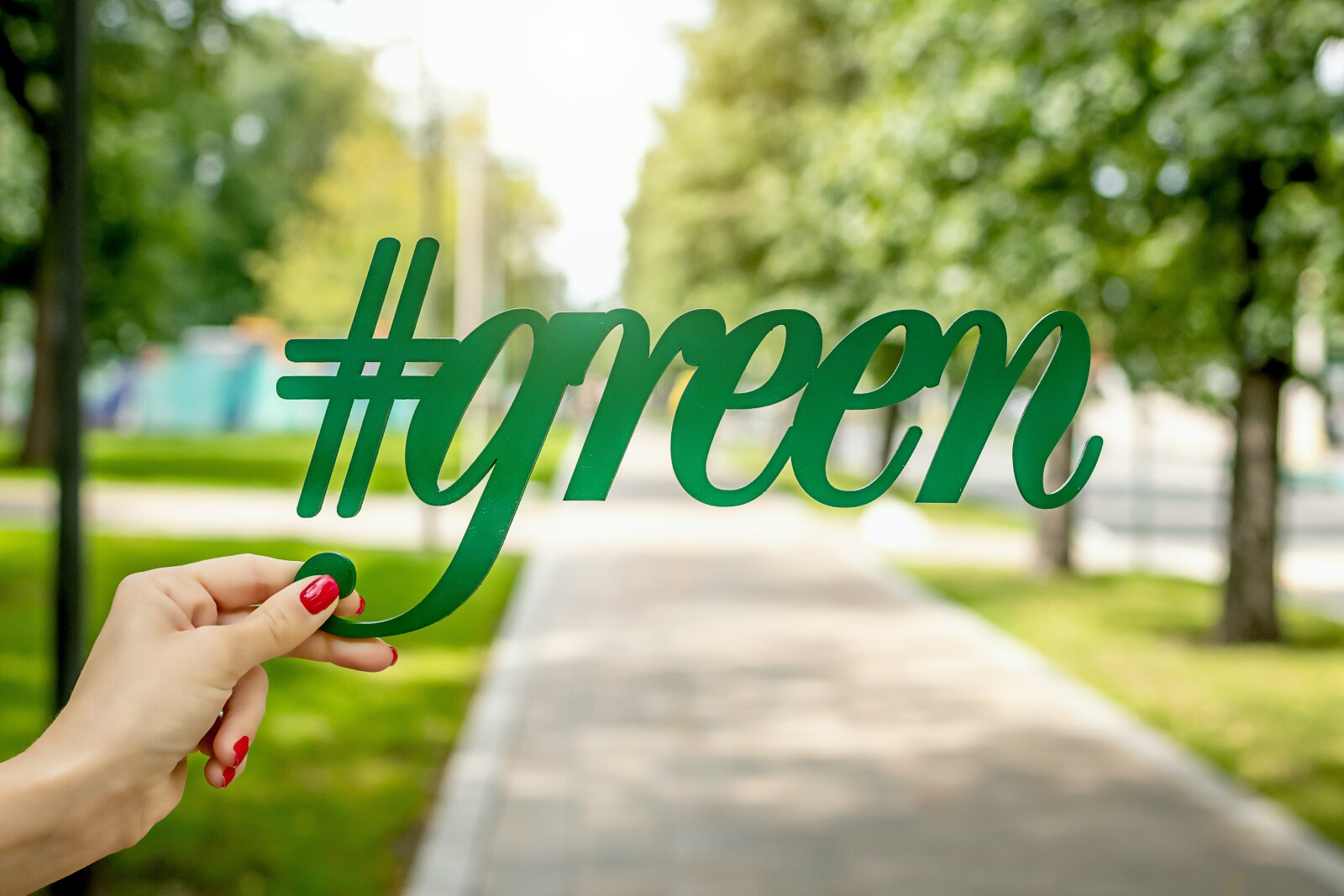
Most of us know what whitewashing is - trying to brush over unpleasant facts of a situation, particularly when it is political in nature. Greenwashing is whitewashing about environmental issues. It is a marketing practice conducted by companies to sway consumers into believing they or their product are more environmentally friendly than they actually are. In other words, the money spent on the advertising campaign is greater than the money spent on making the company or product environmentally friendly.
Why do companies do it? Well, consumers have moved more and more toward companies and products that have a lesser impact on the environment. This is a good thing. Because of this, companies are motivated to win customers over through making themselves environmentally friendly even if they’re not.
A specific example of this happened in 2018 with Starbucks. In an effort to appease the masses calling for an elimination of plastic straws, the company announced they were switching to a straw-less lid by 2020. Many environmental groups applauded their efforts. However, as it turns out, the straw-less lid contains more plastic than the old straw and lid combination. This is an example of packaging but what about what’s inside.
In the US, there are no regulations governing use of the terms “natural” or “nontoxic”. A company can claim that a product is natural even if it contains little to no natural ingredients and is, instead, primarily made of synthetic ingredients. The use of flowers or other “green” images are further attempts to convince the customer that the product is good for them.
What is the consumer to do?
- Do some digging on the ingredients in your products and the company that makes them.
- At the risk of becoming skeptical of all companies that make “green” claims, find companies that are living up to their marketing and practicing what they preach.
- Be on the lookout for small companies that are bought out by larger companies. When this happens, the ingredients in a natural product that was made by the smaller company are often changed to synthetic and undesirable ingredients in order to cut costs and increase profits. This has happened to me on more than one occasion.
- Lastly, just because a product is environmentally friendly one day doesn’t mean it will continue to be. Companies are known to change ingredients without warning. This has happened to me as well.
Bottom line, if you can find a company that you trust, buy as many products from them as possible. Check in on them from time to time by doing a quick internet search using their name and environment. See what comes up and then decide whether to stick with them or move on.
Interested in learning more about earth-friendly options? Join my free group here.
Get my free guide: 4 Ways Being Earth-Friendly Can Change Your Life for the Better HERE.
*As an Amazon Associate I earn from qualifying purchases.
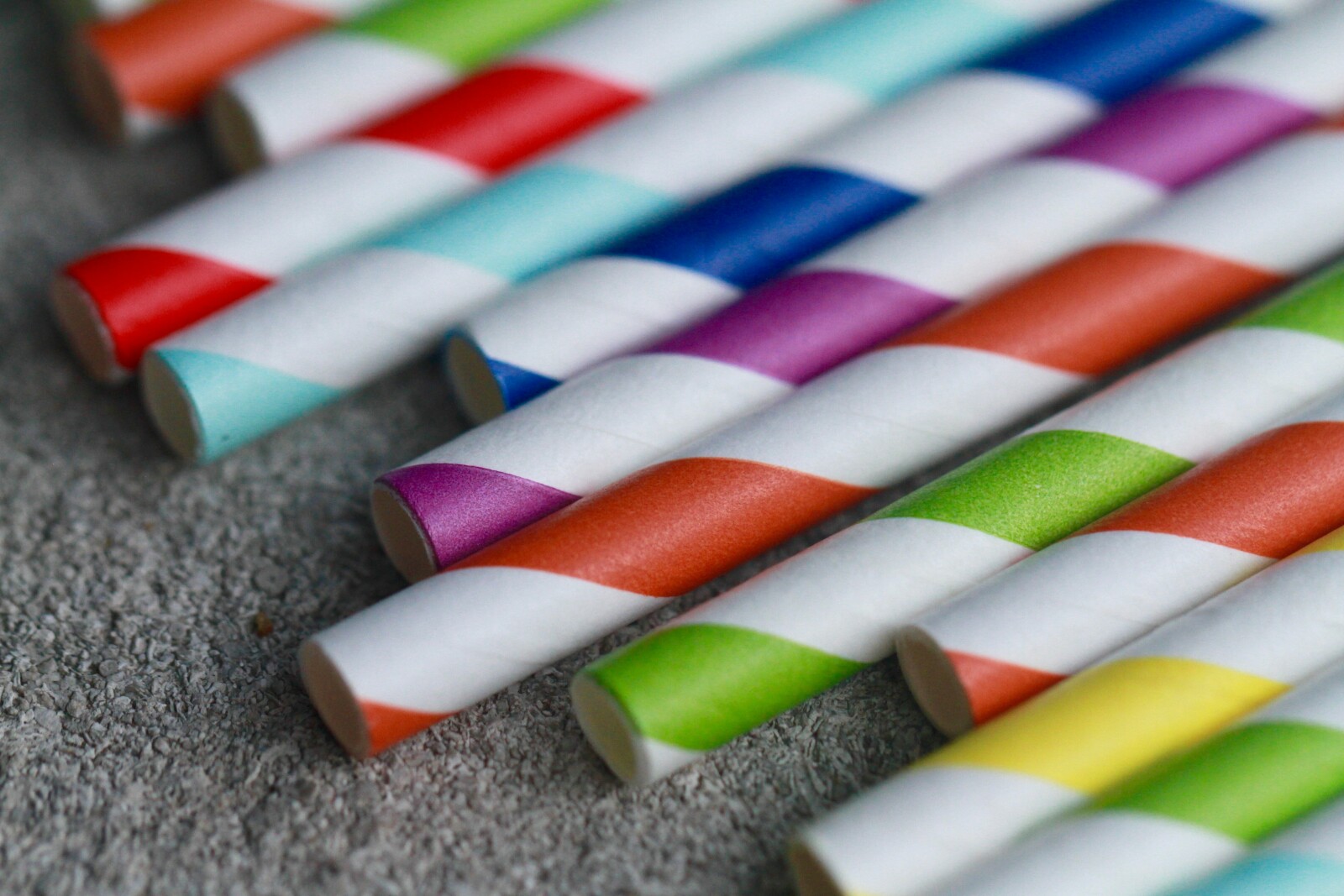
I used to think, “It’s just one straw.” Then I started learning about the number of straws used daily (500 million straws per day in the US alone). Each person in the US is estimated to use 38,000 straws over their lifetime. Given that straws NEVER decompose, that’s a lot of trash that ends up everywhere – even in our oceans.
I’m happy to report that there are lots of options available for reusable straws. Today, I’m going to focus on stainless steel straws. The first option I tried was from Final Straw, and I purchased 4 reusable straws at $25 each through their kickstarter campaign. It’s a folding straw made of silicone and stainless steel. The straw, once folded, fits into a container that you could carry with you in your purse or on your keychain. I used mine on and off for about 6 months. I liked it, but it was a bit cumbersome, and the cost made it difficult to have several in convenient locations. Plus, the diameter of the straw was narrow, so it was difficult to use with milkshakes or smoothies, and that’s something my kids drink often, especially when we go out.
I found larger diameter straws that worked better for me and my family for milkshakes. They don’t fold up to a small compact size, but they are perfect for milkshakes. We have 4 of them that live in my car – gotta be prepared for the milkshake run! The ones we use can be found here.
We also have a set of regular diameter stainless steel straws that we use (again, not the kind that fold up), mostly at the house. They’re great for putting in insulated cups that have a hole for straws. The ones we use can be found here. A set of 12 is enough to share with friends and family and keep in different location so they are always within reach. The cost is considerably less than Final Straw at under $1 each. It’s a small effort, but multiplied by many, it can make a really big difference.
I’m intrigued by the straws made from bamboo, and I plan to try them very soon. I’ll be sure to review them once I do.
Interested in learning more about earth-friendly options? Join my free group here.
Get my free guide: 4 Ways Being Earth-Friendly Can Change Your Life for the Better HERE.
*As an Amazon Associate I earn from qualifying purchases.


